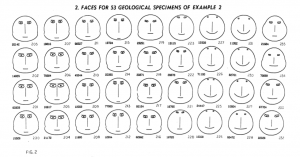The Best Interface is No Interface: The Simple Path to Brilliant Technology by Golden Krishna
Golden Krishna asks us to not solve problems with screens, to not chase eyeballs and there by distract people from what really matters. He asks us to “dream of a screenless world” and paints a compelling near term view of it. He ask designers to make apps that work best when kept in our pockets. He rails against the pedesrian view of UX as UI that has led us to more and more screen-based thinking.
He calls us to action with 4 things we should strive for as we design apps for the pocket
- The best design reduces work
- The best computer is unseen
- The best interaction is natural
- The best interface is no interface
His 3 Principles
- Embrace Typical Processess Instead of Screens:
- Leverage Computers Instead of Serving Them:
- Adapt to Individuals:
Top 6 quotes/concepts from the book
p20
Overload, clutter, and confusion are not attributes of information, they are failures of design.
p47
They’re cranking out glorified digital billboards masked as websites and apps that are trying to monetize your eyeballs by pushing creepy ads onto all your screens.
p54
They shift away from the functional ideals of user experience design that made their services initially popular, and become more like sitcom television; get people to go brain-dead staring at a screen for as long and as often as possible.
p58
I believe our job as designers is to give you what you need as quickly and as elegantly as we can. Our job as designers is to take you away from technology. Our job as designers is to make you smile. To make a profit by providing you something that enhances your life in the most seamless and wonderful way possible.
p114
Our most effective tool is profoundly simple: Develop a precise description of our user and what he wishes to accomplish.
p139
Easily accessible, they seamlessly and continuously received one kind of information. Instead of relying on painful user input like form fields and website navigation, the computer system used automatic, sensory, signal-based machine input.
